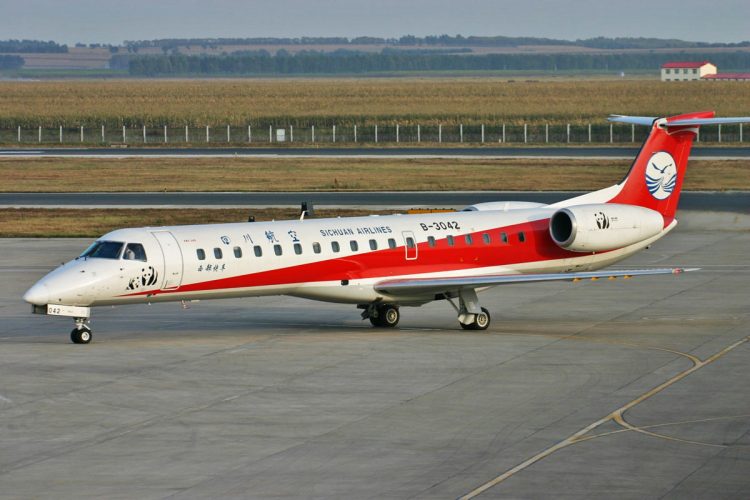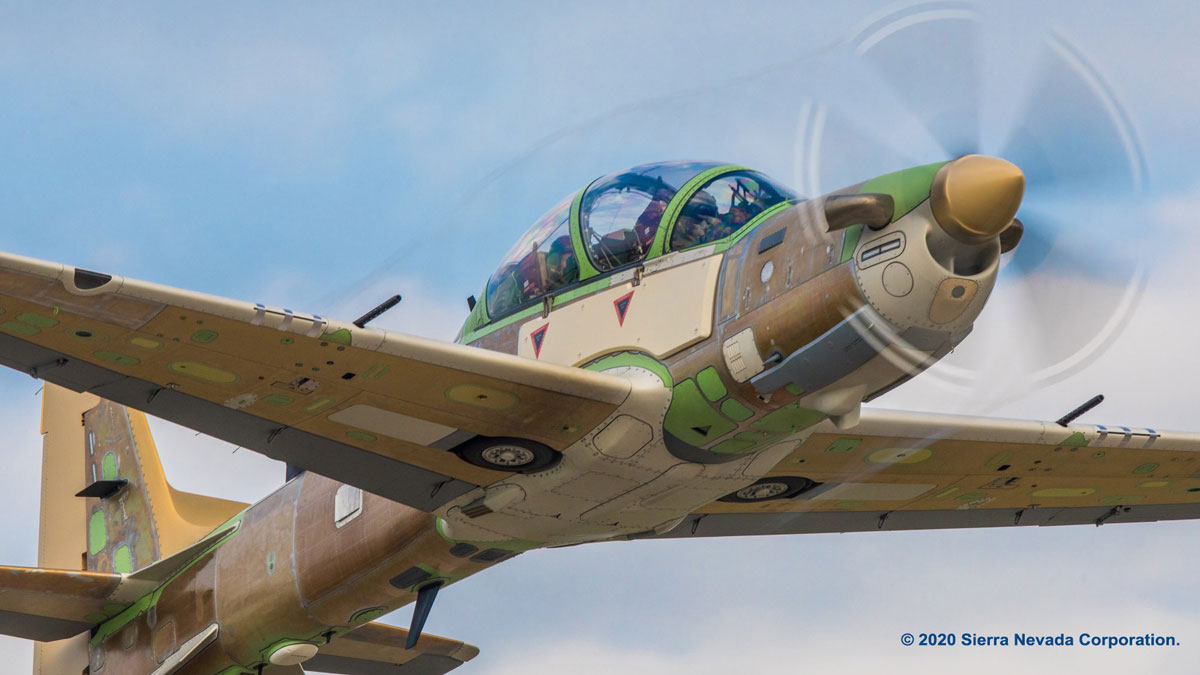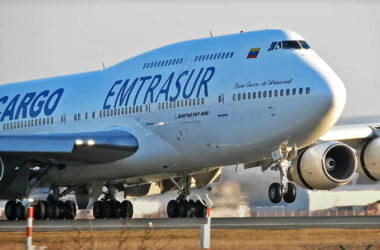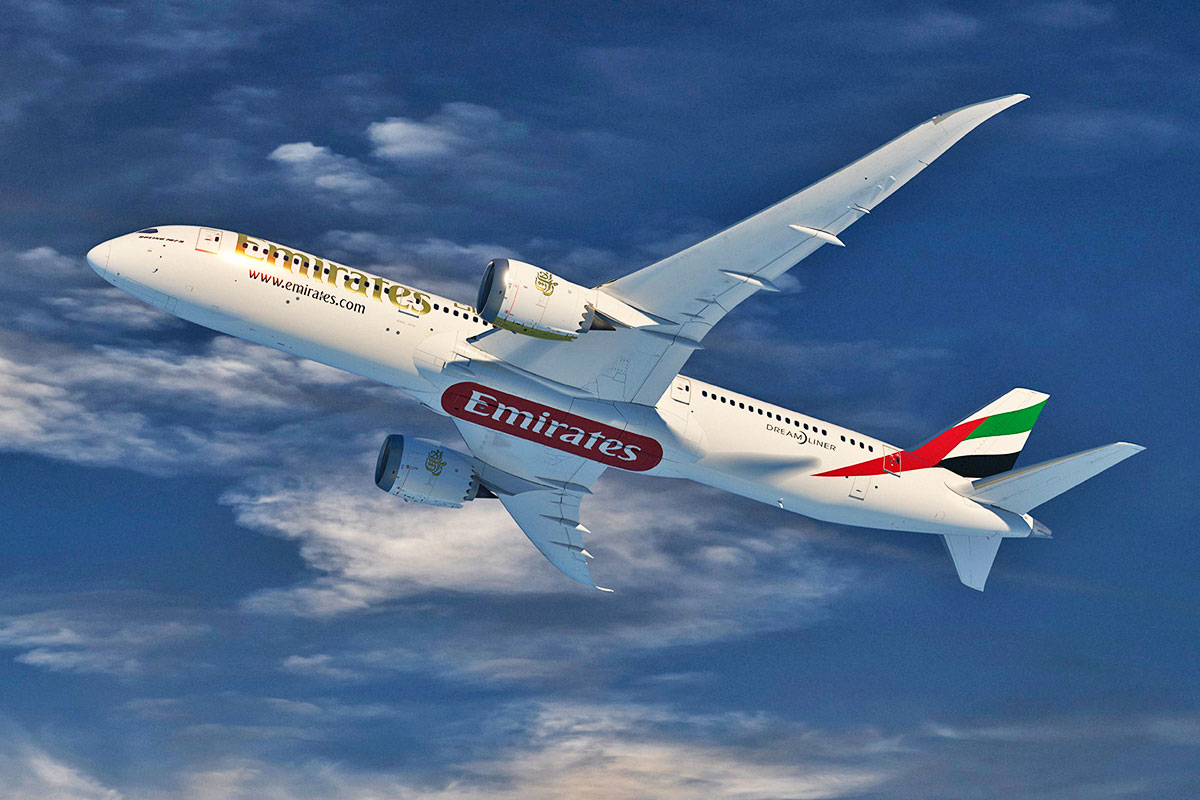The adverse outlook in the aerospace industry has increased skepticism about the joint venture between Boeing and Embraer. The $4.2 billion deal, signed in July 2018, is still pending on behalf of the European Commission, which is assessing whether the merger of the two manufacturers could further concentrate the commercial aircraft market. The coronavirus crisis, however, has made the two companies struggle to survive amid cuts in orders and the shutdown of their factories.
For Boeing, the overall picture is even more serious because the planemaker has been experiencing a crisis since last year when the 737 Max, its best-selling aircraft, was banned from flying for safety reasons. Since then, the US company has been trying to emerge, but it seems increasingly sunk in problems and suspicions that its planes no longer exhibit the same reliability of the past.
When pleading for billionaire aid from the US government, Boeing is in a delicate position to invest so much money in the Brazilian company. Despite opening a new market for the Americans, Embraer has lost much of its market value since then, now estimated at one third of when it signed the agreement.
Among the possible solutions, according to analysts consulted by the Brazilian newspaper O Estado de São Paulo, one would be to postpone the conclusion of the agreement. If the joint venture does not succeed, Embraer will need help from the Brazilian government or could close a similar agreement with China.
The Chinese aviation industry has made huge investments to compete with Boeing and Airbus. The most visible face of this effort is the C919 jet, manufactured by the state-owned COMAC, equivalent to the A320 and 737, but which has experienced several problems in its development.
The Chinese have lacked precisely what Embraer has, the market experience and a high level of technical capacity, which attracted Boeing’s interest. In addition, the E2 jet lines would be complementary to the C919, which has a passenger capacity greater than the E195-E2, Embraer’s largest aircraft. In theory, Brazilian jets would have unrestricted access to the Chinese market while Embraer could provide support for the COMAC jet in other parts of the world.
Obviously, this possibility is now just a daydream and certainly Boeing and Embraer refute any scenario other than that of carrying out the agreement. However, the dynamics of the market, so unpredictable, must still cause profound changes in commercial aviation.

Return to China
Another possible complication in this joint venture would be the very different aspects of the business. Boeing, at first, intends to maintain the assembly lines of E2 jets in Brazil, something that perhaps the Chinese would not accept.
For Embraer, it would be the return to China, where it maintained a joint venture with the AVIC company for 13 years and which ended in 2016 after assembling ERJ-145 and Legacy jets locally. At the time, the argument for ending the partnership was high production costs in China, which ironically made planes more expensive than those produced in Brazil.
Embraer even considered assembling its E-Jets in China, but the country’s government saw in this action a direct competition for the ARJ21, the first Chinese commercial jet, manufactured by COMAC.






